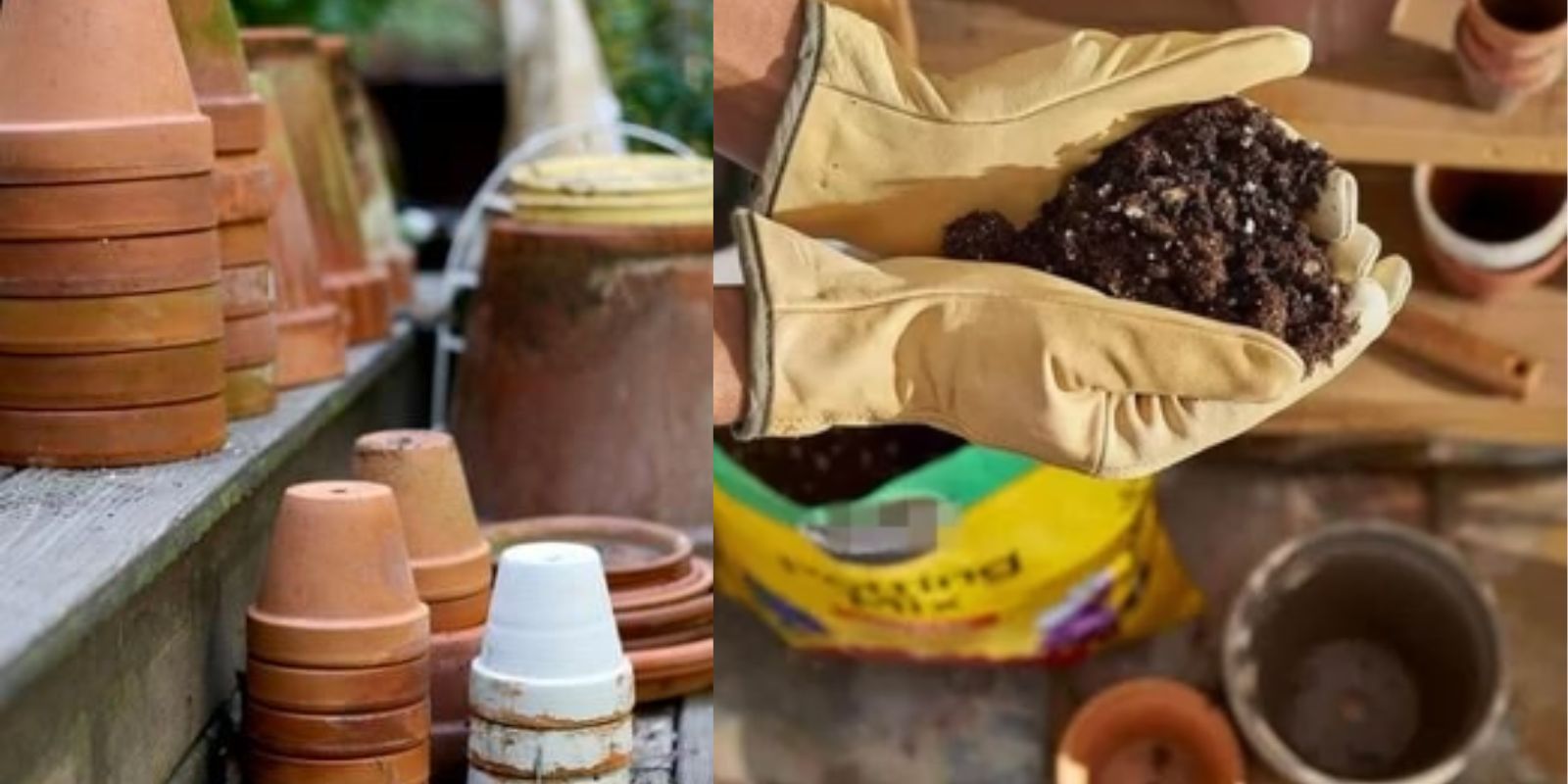Gardening is a rewarding activity that connects us with nature and offers a sense of accomplishment as we nurture life from the soil. One essential factor that often determines the success of your plants is the quality of the soil or potting mix you use. While store-bought potting soil is convenient, making your own potting mix is cost-effective, eco-friendly, and allows you to customize the blend to suit your plants’ specific needs.
In this guide, we’ll explore how to craft the perfect DIY potting mix using readily available ingredients. Whether you’re a seasoned gardener or a beginner, this recipe will set you up for gardening success.
Why Make Your Own Potting Mix?
- Cost Savings: Pre-packaged potting soils can be expensive, especially if you have a large garden. DIY potting mix is budget-friendly.
- Customizable: Different plants have different soil needs. Crafting your own mix lets you tailor it for vegetables, succulents, or houseplants.
- Eco-Friendly: Reusing ingredients like compost reduces waste and reliance on chemically treated commercial soil.
- Control Quality: Homemade mixes allow you to ensure the right balance of nutrients, drainage, and moisture retention.
Key Ingredients in a Potting Mix
A great potting mix balances three major components: water retention, drainage, and nutrients. Here’s what you’ll need:
- Base Material
- Coconut Coir: A sustainable alternative to peat moss, coconut coir retains moisture without becoming waterlogged.
- Peat Moss: Commonly used for water retention, though less sustainable than coconut coir.
- Aeration Material
- Perlite: A lightweight volcanic rock that improves soil aeration and drainage.
- Coarse Sand: Another effective option for improving drainage, especially for cacti and succulents.
- Nutrient Source
- Compost: Adds organic matter and a wealth of nutrients.
- Well-Rotted Manure: A nutrient-rich option for those with access to livestock waste.
- Additives (Optional)
- Lime: Neutralizes acidity in peat-based mixes.
- Organic Fertilizer: Boosts long-term nutrient supply for demanding plants.
DIY Potting Mix Recipe
This basic recipe is versatile and can be adjusted for various plant types:
General Purpose Potting Mix
- 1 part coconut coir or peat moss (for water retention).
- 1 part perlite or coarse sand (for drainage).
- 1 part compost or well-rotted manure (for nutrients).
Succulent and Cactus Mix
- 1 part coconut coir or peat moss.
- 2 parts coarse sand or perlite.
- 1 part compost.
Seed-Starting Mix
- 2 parts coconut coir or peat moss.
- 1 part perlite.
- 1 part compost, finely sifted to avoid large chunks.
Step-by-Step Instructions
- Gather Materials
Assemble all ingredients in a clean workspace. Ensure the compost is well-rotted and free from large debris. - Measure and Mix
Measure ingredients in the right ratios depending on your chosen recipe. Use a large container or tarp to mix thoroughly. - Check Texture
The mix should hold its shape when squeezed but crumble when lightly poked. Adjust by adding more coconut coir for moisture retention or more perlite for drainage. - Test pH Levels
Use a soil pH tester, especially if you’re growing pH-sensitive plants. Adjust with lime or sulfur as needed. - Store Properly
Store the mix in a sealed container or bag to retain moisture and keep pests out.
Customizing Your Potting Mix
For Vegetables
- Add extra compost or organic fertilizer for heavy feeders like tomatoes.
- Consider using worm castings for an additional nutrient boost.
For Houseplants
- Include activated charcoal to help filter impurities and prevent odors in indoor settings.
For Acid-Loving Plants
- Use peat moss and avoid adding lime. Plants like blueberries and azaleas thrive in acidic soils.
Common Mistakes to Avoid
- Overwatering
Even the best potting mix can become waterlogged if overwatered. Ensure proper drainage by checking the texture regularly. - Using Fresh Manure
Fresh manure can burn plants. Always use well-rotted compost or aged manure. - Skipping Aeration
Failing to include perlite or sand can lead to compacted soil, which suffocates roots. - Ignoring Plant-Specific Needs
A one-size-fits-all mix may not suit all plants. Tailor the mix based on the plant type.
Benefits of Homemade Potting Mix
- Encourages healthier root growth and plant development.
- Reduces reliance on chemical fertilizers and pesticides.
- Provides a sustainable gardening solution that aligns with eco-friendly practices.
Tips for Long-Term Success
- Refresh the Mix Annually: Add fresh compost to rejuvenate nutrients.
- Monitor Plant Health: Adjust the mix if you notice poor growth or yellowing leaves.
- Experiment and Learn: Gardening is an art; don’t be afraid to tweak recipes based on experience.
Conclusion
Making your own potting mix is a satisfying and practical way to ensure your plants thrive while saving money and reducing environmental impact. By understanding the components and learning to adjust the mix to meet specific plant needs, you can create the ideal environment for your garden to flourish.
So grab your tools, gather your ingredients, and start mixing!
🌿 Let us know your favorite potting mix tips or share your creations in the comments!
#DIYPottingMix #GardeningHacks #EcoFriendlyGardening #GrowYourOwn #SustainableLiving #PlantCareMadeSimple #GardeningTips

